For the 3rd session of “Doing Business in Japan” taught by Prof. Hakeem, the students came prepared by studying the case of “Kazuo Inamori, a Japanese Entrepreneur”, and spent the first 20 minutes discussing about his management style with their group members.
In our Global BBA program, all the students take part in the group discussion at the beginning of class in order to share their thoughts and findings with each other.
Based on the case of Kazuo Inamori, a highly regarded philanthropist and entrepreneur, students learned about the Japanese corporate organization and culture as well as the emerging management trends in Japan.
There was a brief presentation about his background and his numerous achievements such as:
- the foundation of Kyocera, starting with 28 employees to becoming 70,000 employees as of 2017;
- establishment of DDI after deregulation of Japan’s telecommunications industry and later became KDDI and is currently the country’s 2nd largest telecommunication services providers;
- turning Japan Airlines’ deficit into profit by becoming its chairman.
Built on Inamori-san’s philosophy of “Respect the Divine and Love People” which became his business model, he introduced the concept of Amoeba management to uphold Kyocera’s Management Rationale and applied it in his organizations, giving every unit its own decision-making process. Fully decentralized, everyone bears full responsibility but also compete with each other, taking various directions and leads. This is where the company culture instilled by Inamori-san, “to work for the company without thinking about the profits”, came into play and brought every amoeba into collaboration. That is the “Management By All”.
However, in Japan, it’s extremely unusual to witness such a leadership approach which led the students to discuss about it. All the influence was linked to the context of his era, categorized in 2 ways: the context he shaped through his management style and technique with his philosophy, and the context he was forced to comply with. The former was about going with the flow of the time, when there was a need to innovate in order to sell and compete against other companies and when the Japanese market was reaching saturation, forcing him to expand his business to other areas and to the USA. However, the key point is there was a balance between both which led to his success in his leadership approach.

 Download
Download
 Infosession
Infosession
 Application
Application
 Open Campus
Open Campus































